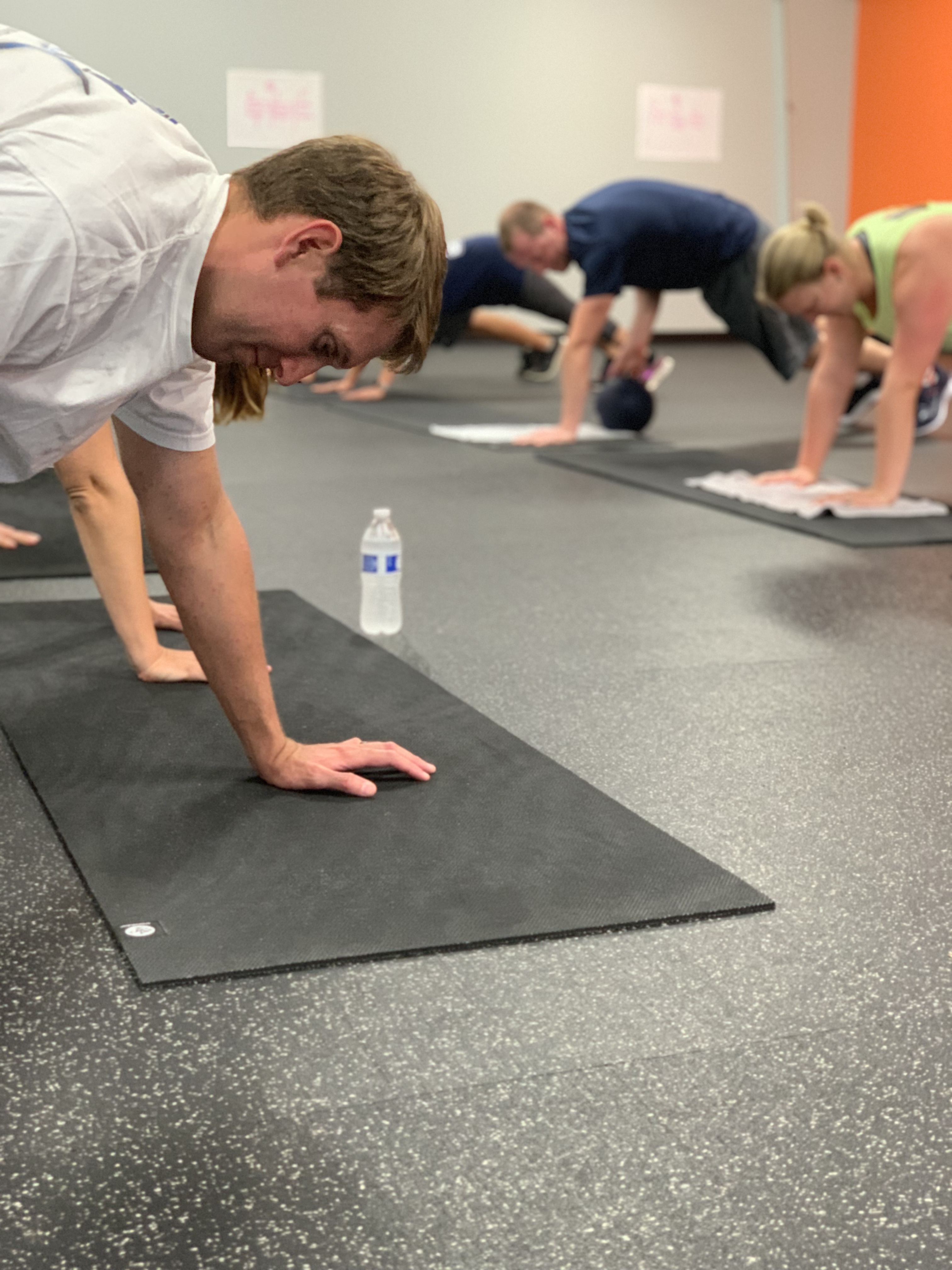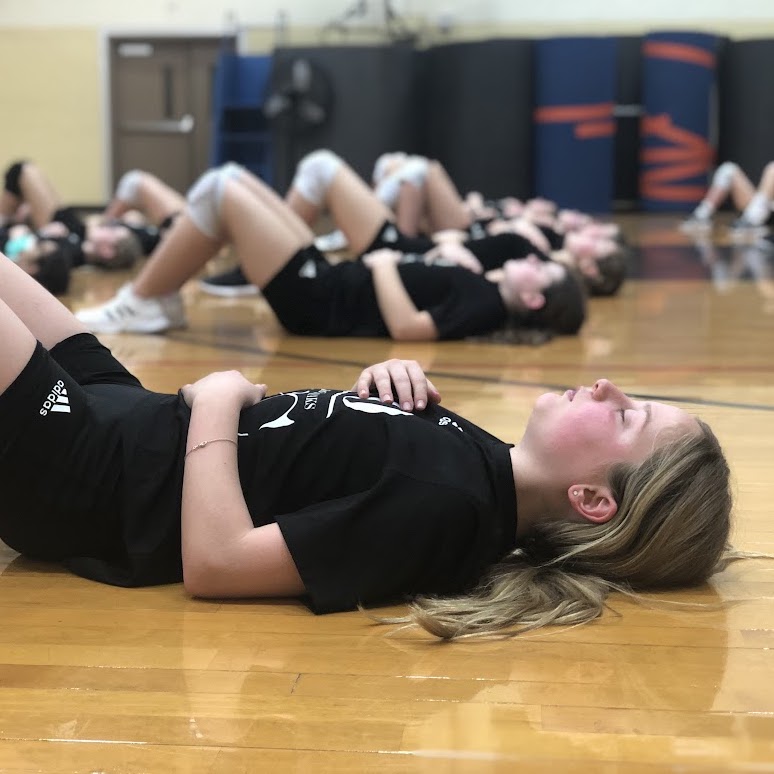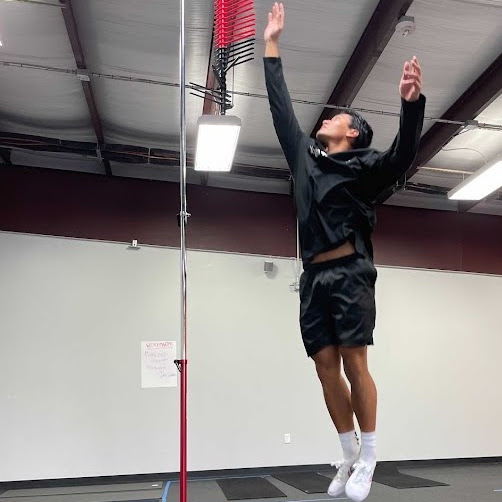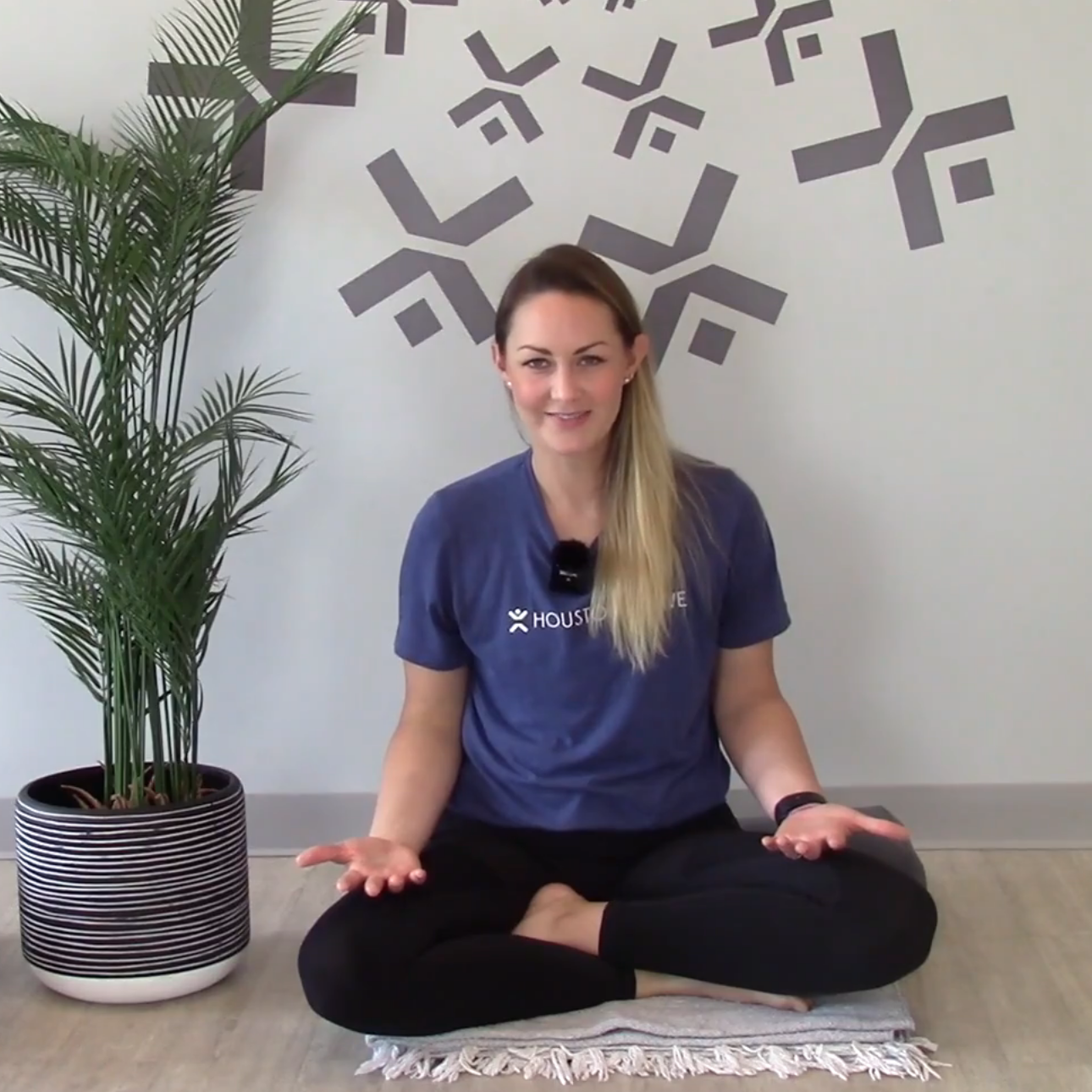High Intensity Interval Training (HIIT)
HIIT is repeated bouts of short to moderate duration exercise completed at an intensity that is greater than the anaerobic threshold (Laursen & Jenkins 2002). Efforts interspersed with brief periods of partial recovery, either low to moderate intensity activity or passive rest.
The purpose of HIIT
The purpose of HIIT is to perform significantly more total exercise time at a higher intensity than can be achieved using a continuous, steady state exercise (SSE) protocol. Therefore, HIIT is considered a time-efficient training strategy to induce rapid adaptations in skeletal muscle and exercise performance that are comparable to traditional continuous endurance training (Gibala et al. 2006)
Guidelines
Here are the American College of Sports Medicine (ACSM) Exercise Guidelines.
Moderate Activity
- Duration: 30-50 minutes
- Frequency: 3-4 days per week
- Duration: 60 minutes
- Frequency: 1 day per week
Vigorous Activity
- Duration: 20-60 minutes
- Frequency: 3 days per week
Details
While these minimum guidelines are clearly described, there are currently no maximum guidelines, particularly with respect to high-intensity time and frequency, for the prevention of overtraining or functional overreaching.
Overtraining syndrome (OTS) and functional overreaching (OR) are results of a combination between excessive load and inadequate recovery, which lead to symptoms related to stress and decrements in performance.
Cortisol is a stress hormone produced in the adrenal gland (above kidney). It can help control blood sugar levels, regulate metabolism, reduce inflammation, and assist with memory formulation.
Short term elevation of cortisol with high intensity exercise can be beneficial to help the body repair, adapt, and grow stronger.
Long term elevation of cortisol with too much high intensity exercise can cause fatigue, joint pain, and mood disturbance.
There is an optimal time per week of high intensity (90-100% maximum heart rate) training that will lead to greater variation in the production of stress hormones and reduced self-reporting of stress related feelings.
In a recent study by Bryce Hastings, MPhil, it was found that the greatest hormonal response was measured in participants who completed 30-40 minutes* of high intensity training per week. Sleep quality was greatest for the participants who completed 30-40 minutes of high intensity training per week. Total Mood Disturbance was minimal in the participants who completed 30-40 minutes of high intensity training per week. This demonstrates that 30-40 minutes of HIIT (90-100% maximum heart rate) per week is a suggested range of cumulative time in order to prevent symptoms related to overreaching. *indicates a significant difference from 30-40 min above 90% MHR
Aim for 2-4 HIIT Classes Per Week (+ Yoga)
On average, people generally reach 90% MHR for about 15 minutes during a 30-40 minute HIIT session. With that said, it is safe to assume 2-4 HIIT classes each week are appropriate. This is why we program the way we do.
We love to alternate HIIT with yoga classes (also 2-4x/wk) to keep a well rounded, sustainable training program. While we have vigorous yoga classes, our yoga for athletes classes are meant to compliment your training regime, not undermine it. So while you may think you are not “working” in a yoga for athletes class, you are most certainly allowing your body to reap the benefits of all the work being done in the gym. This is how you increase your performance on a safe, challenging and long term playing field.
Not a YAX Online member yet? Sign up for a 7-day free trial!

STAY IN THE LOOP!
Subscribe to our free newsletter.
Most people have some sort of dysfunctional breathing pattern that they are unaware of. It can destabilize your trunk, cause loss in mobility, lower movement efficiency, and reduce force potential.
Jump training, also known as plyometric/speed/muscular endurance training, is geared toward athletes looking to increase their vertical, speed, power, balance, and agility, as well as reduce injury onset.
Being mentally resilient means being able to recover quickly from difficulties. It's a skill that takes practice. You need to train your mind.



